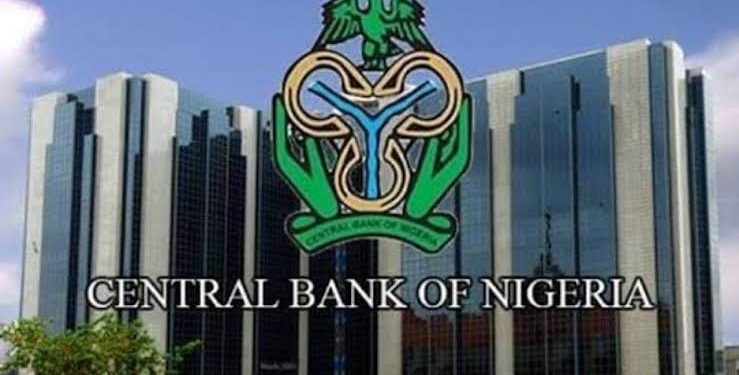Nigeria’s banking sector is under mounting pressure following the Central Bank of Nigeria’s (CBN) controversial decision to enforce a uniform 50 per cent Cash Reserve Ratio (CRR) a policy move analysts now warn could derail the country’s ambition of building a $1 trillion economy by 2030.
In a new research note, investment bank Renaissance Capital described the CRR as the highest in the world, highlighting its immediate impact: a tightening liquidity crisis that has severely restricted commercial banks’ ability to lend, stalled credit expansion, and reversed market confidence in the sector.
The CRR mandates banks to deposit half of their total customer funds with the CBN, making those funds unavailable for lending or investment. While the policy was introduced alongside a broader bank recapitalisation agenda, analysts say the two policies are working at cross purposes.
“In our view, the CBN’s decision to raise the Cash Reserve Ratio to 50 per cent while simultaneously mandating banks to recapitalise to support lending for a $1tn economy by 2030 appears contradictory,” the report said.
With CRR at 50 per cent and the statutory liquidity ratio at 30 per cent, banks are left with just 20 per cent of customer deposits for lending—far below the regulatory Loan-to-Deposit Ratio (LDR) benchmark of 50 per cent. According to the report, the only banks currently managing to maintain higher LDRs are those drawing deposits from foreign subsidiaries, which are not subject to the CBN’s domestic CRR rules.
Renaissance Capital estimates that Nigerian banks lost N840.2 billion in income in 2024 due to the CRR policy almost equalling the total losses incurred under the previous discretionary CRR framework between 2020 and 2023. The analysts describe this as a shift “from frying pan to fire,” noting that this single-year loss is proof that the uniform 50 per cent regime is more damaging to banks’ profitability and lending capacity than the earlier approach.
The research warns that if the CBN fails to revise its stance, the very goals it seeks economic expansion, job creation, and financial system stability could be severely undermined.
While the CBN’s recapitalisation directive was designed to strengthen banks and enable them to fund Nigeria’s long-term growth plans, the liquidity mop-up caused by the 50 per cent CRR has essentially immobilized their ability to lend.
“Unless adjusted, these measures risk stifling the very growth they were designed to support,” the report noted.
Renaissance Capital is calling on the apex bank to urgently reduce the CRR. Doing so, the analysts argue, would improve liquidity, reduce dependence on short-term commercial paper for bank funding, and enhance the overall efficiency of the financial system.
Beyond easing the CRR burden, the firm is also advocating stronger regulations, including reforms on non-performing loan (NPL) disclosures. Citing Ghana’s recent directive that requires banks to publish names of loan defaulters in annual financial statements, Renaissance Capital urged the CBN to adopt similar transparency measures to tighten loan discipline and improve credit quality.
The report further noted that the CBN’s earlier measures such as suspending dividend payments, restricting investment in foreign subsidiaries, and pausing executive bonuses already force banks to make significant internal adjustments. However, it stressed that without increased operational breathing room, these institutions will struggle to recapitalize and lend at scale.
With the Monetary Policy Committee scheduled to meet again in July, the spotlight is now on the CBN to ease the CRR requirement and realign its monetary tools with the country’s ambitious economic targets.
In anticipation of post-recapitalisation reforms, Renaissance Capital also predicted that some Nigerian banks particularly tier-II institutions like Fidelity Bank and FCMB may initiate share reconstruction exercises to reduce the number of outstanding shares and improve earnings per share metrics.
The firm concluded that for Nigeria’s banking system to play its central role in economic transformation, a balance must be struck between financial system stability and lending flexibility. Without that, the dream of building a $1 trillion economy by 2030 may remain out of reach.










